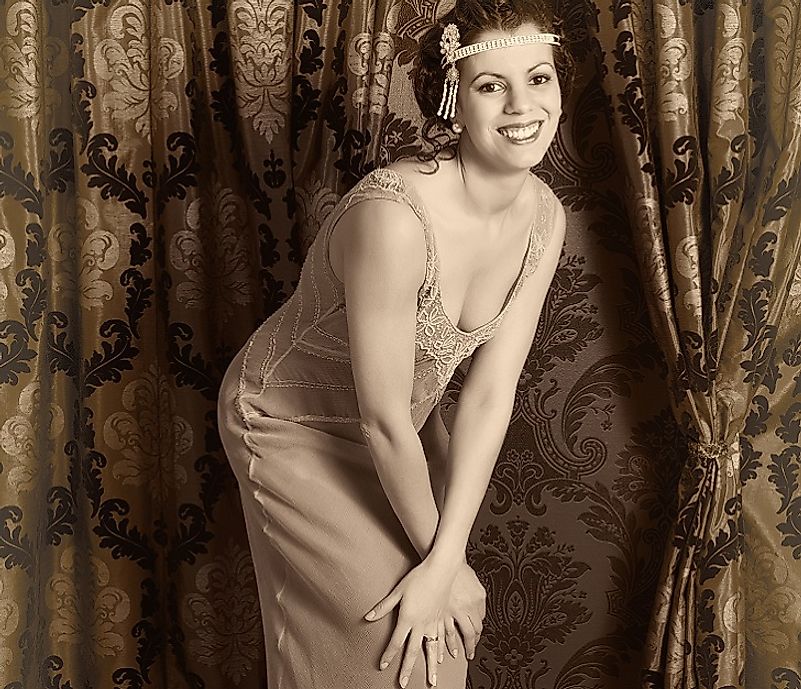What Was The Charleston Dance?

The Charleston Dance was a favorite dance in the United States, especially in the 1920s. The dance move reached its peak in 1923 after the release of the tune ‘The Charleston’ by composer James P. Johnson in the Broadway musical Running Wild.
5. Overview and Characteristics -
The dance can be performed solo, with a partner, or as part of a group. The basic step involves swinging the arms and legs backward and forward in fast motion. The Charleston Dance begins with moving the right foot one step forward and kicking the left foot backward. The arms move in the opposite direction to the feet. A little hop is incorporated when making the steps and the feet swivel. There are many variations to the basic dance movements. The advanced dance moves involve knee-up kicks and arms go to the floor or move sideways. Different dancers make improvisations to the Charleston Dance.
4. Origins -
The Charleston Dance is believed to have had its roots in African culture. Some historians say that the Ashanti people, a Western African community, were the inventors of the Charleston Dance's ancestors. Subsequently, the African slaves in the United States modified and perpetuated the dance. The other group believed to have started the dance is a small African American community in the Charleston Island in South Carolina. The Charleston Dance was performed in the United States as early as 1903. It later spread throughout the world in the Ragtime-Jazz period.
3. Spread and Development -
In 1922, the Charleston Dance was featured in a Ziegfeld Follies production at a theater in New York. The production made the dance popular among New York residents. In the following year, the Charleston Dance appeared in Runnin’ Wild, a famous black musical that transformed the dance into a national craze. Variations of the dance spread throughout the world in the 1920s and 1930s due to its inclusion in films and other productions. The female dancers in the Charleston Dance were commonly referred to as flappers due to the flapping movement they made with their arms while dancing. The dance was so popular that some restaurants required their waiters and waitresses to be competent in the dance. Young men and women took part in the dance as an expression of their uninhibited enthusiasm contrary to the previous conservative generations. Unfortunately, some older people viewed the Charleston dancers as people of loose morals.
2. Notable Charleston Dancers -
Irving C. Miller introduced the Charleston dance in the Spring of 1923 to accompany his song Liza. In the same year, Elisabeth Welch was credited with pushing the Charleston dance into prominence when her song ‘Charleston’ was included in ‘Running Wild’ production. Russell Brown performed a version of the Charleston dance in what was referred to as the ‘Geechie dance.' Another variation of the dance was demonstrated in 1933 by Jean Mence and Santos Casini. In the 1930s and 40s, a different form of the dance associated with the Lindy Hop became famous. Josephine Baker, a famous dancer, added unique moves to the dance such as crossing her eyes which made it funny. She helped popularize the dance in the United States and also in Europe.
1. Greater Significance and Legacy -
The Charleston dance represented a departure from traditional dance moves of the late 19th Century and early 20th Centuries, such as the waltz, the polka, and the two-step. The new generation of youths in the 1920s was freer compared to the previous generations. The dancers were famously known for their fast paced dancing. Some of the Charleston dancers caused adamant vibrations that led to the collapse of the ‘Pickwick Club’ killing 50 people. The Charleston Dance marked an important shift from the more conservative generation to a freer generation. Since its creation, the dance move has been depicted in the media in various forms including film, music videos as well as dance competitions.











